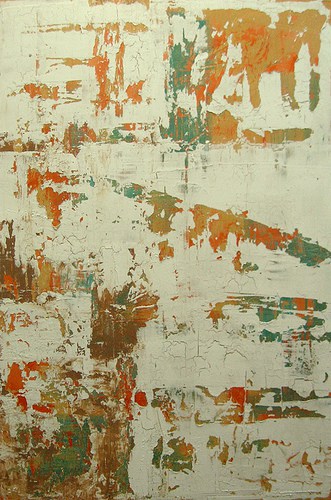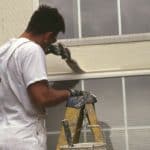Getting the Perfect Weathered Look on the Walls
The weather perhaps has the most important invisible role in your painting work! In fact, it is a very fragile parameter because the paint must receive the perfect weather to dry. It should not dry too fast (as in the height of summer) or too late like in the extreme cold. The humid rainy season is not perfect either. Painters check various aspects such as wind conditions, humidity, and diurnal temperature variations before progressing with the work.
Weather effect for aesthetics
Besides this invisible influence, weathering is also used for aesthetic effects. Many homeowners want their freshly-painted walls to look ‘weathered’ right from the beginning. It takes a special kind of expertise from experienced painters to create the natural weathered effect with paint.
Paint washing, glazing, and crackle paints are used to achieve the result. Before hiring a painting service for the effects, do have a preview of their gallery. Since it is a faux effect, it can have different finishes such as rusty metal (on non-metallic walls), sandbrushed wooden planks, or the ‘damp wall’ look. Each application has its unique procedure.
- Damp wall look by color washing
The painter chooses two shades of the same color. Usually, you set up a darker wash over a light base coat. Apply the base coat and wash it with a dark paint. You can also go for further washing with a third layer of color. Most painters choose a base with a flat finish. Use the glaze wash in a cross-hatch pattern, making an X every time on the wall.
- Weathered metal look
Prepare the wall with painter’s tape on the ceiling and trim. Apply a suitable matte-coat base finish and let it dry fully. Use a microfiber paint roller to apply the faux metallic paint in overlapping, random curves. Leave it overnight to dry. Continue working with a thin layer of crackle glaze with a roller.
After a few hours, the glaze will be partially dry. Then, the painter uses a moistened polyurethane sponge to wash the wall perpendicularly, removing the glaze. Finally, the professionals mix a decorative glaze of half-latex glaze and half-latex paint. Use a sponge to rub the glaze and remove the tapes.
- Weathered wood look
Apply a base coat of satin finish latex paint of your color choice after covering the chosen areas with the painter’s tape. Then, put on a crackle glaze and allow the paint to dry. Finally, use a top coat of flat sheen latex paint with a roller. Remove the tapes and allow the paint to dry.
The above briefings only provide a basic idea. For a detailed understanding, you need to contact an experienced painting service. Find out whether the service has adequate licensing and can deliver exactly the look you need on the walls.





